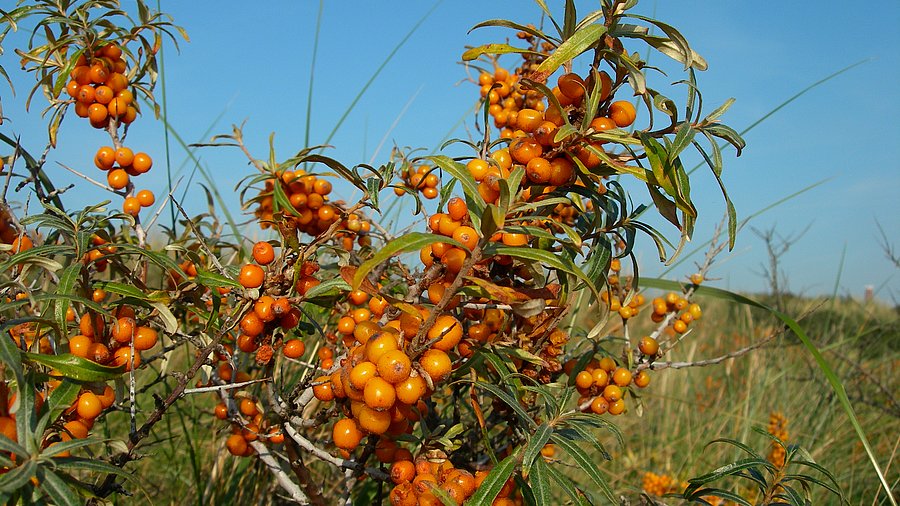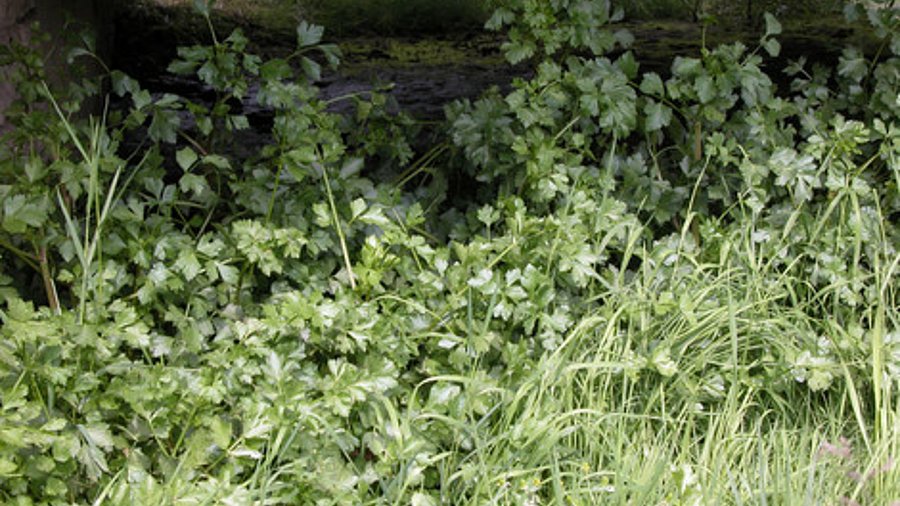
Nearly 2,500 of the over 3,600 species of our native flora are wild species related to our cultivated plants or potentially useful for food and agriculture. Many of these crop wild relatives (CWR) are not only part of our ecosystems, but also constitute an important resource for plant breeding. Plant breeders use the genetic characteristics of these wild species to improve modern crop varieties.
The natural populations of these wild species are increasingly threatened by climate change and other causes. The best way to conserve wild species is to preserve or restore viable populations in their natural sites, i.e. in situ. There they will have the possibility to continue their adaptation to changing environmental conditions. This ensures the preservation of their genetic diversity and their availability as a resource for plant breeding also in the future. They are preferably conserved through nature conservation measures at their natural sites (in situ) and additionally in genebanks (ex situ).
The Federal Office for Agriculture and Food acts as a project management agency, which has already funded several projects concerning in situ and ex situ conservation of WEL on behalf of the Federal Ministry of Food and Agriculture (BMEL).

As the number of native wild plants with a potential for utilization is large, a prioritisation is necessary to focus conservation and support measures.
See the list of priority CWRs in Germany
To support their conservation and use in research and breeding, it is beneficial if the geographical distribution of priority CWR species is known and populations are genetically studied. Ideally, seed samples are also preserved long-term in a genebank and are therefore available for use in research and breeding. For certain questions, it may also be necessary to visit the populations in their natural habitat and to take plant samples. In order for this to be possible, the plant population must be sufficiently large.
All this shall be achieved by establishing genetic reserves in Germany.
See also the occurrences of priority CWRs